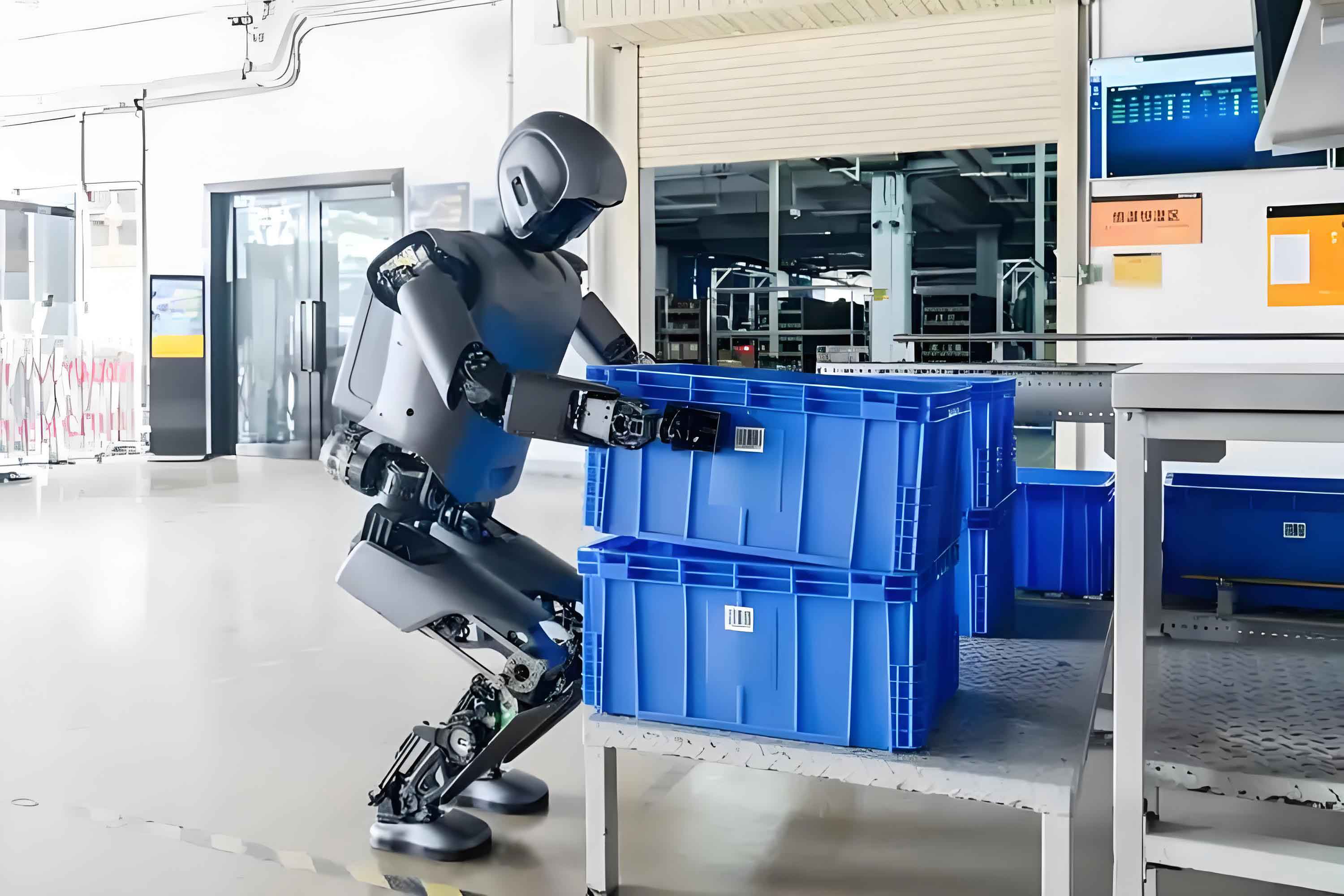The Stumbling Dawn
The sight of intelligent robots lurching and tumbling across a marathon track in Beijing’s Yizhuang district captivated global attention this spring. To casual observers, their clumsy strides and frequent falls might evoke amusement or pity. Yet for engineers, investors, and policymakers, this spectacle represents something far more profound: the raw, unvarnished birth of embodied intelligence stepping into the real world. These machines aren’t failing; they’re learning. And their stumbles are measuring not just mechanical limits, but society’s capacity to nurture a revolution.

The Marathon as Metaphor
In April 2025, over 50 humanoid intelligent robots attempted a half-marathon designed to test autonomy, durability, and adaptive mobility. Some collapsed within seconds. Others lost limbs mid-race but kept moving. A handful crossed the finish line. The event, far from a publicity stunt, was a stress test for technologies pushing toward commercialization. Each fall generated thousands of data points—on balance, torque, terrain response, and failure recovery—feeding neural networks that will power the next generation of intelligent robots. As one engineer noted, “A single stumble teaches more than a thousand simulations.”
From Labs to Life
Gone are the days when intelligent robots existed solely in controlled labs. Today, they sort packages in warehouses, inspect hazardous factories, and assist in elder care. This leap stems from converging advances: hyper-efficient actuators, multimodal AI perception, and compute architectures allowing real-time environmental negotiation. Modern intelligent robots fuse large language models (LLMs) for decision-making with physical control systems—creating a “mind-body loop” where cognition informs motion and motion refines cognition. While their movements remain inelegant, their shift from possible to practical marks a tipping point.
The Value of Imperfection
Society’s obsession with polished products often obscures the virtue of prototyping. An intelligent robot falling on its face isn’t a regression; it’s progress quantified. Early AI models faced similar skepticism—until iterative failures birthed transformers that now underpin global tech. The same patience must extend to embodied AI. Venture capitalist Erika Thorne observes, “We fund ‘unicorns’ but ignore ‘ugly ducklings.’ Yet today’s awkward intelligent robot is tomorrow’s indispensable tool. Their flaws illuminate the path forward.”
Investing in the Inevitable
Globally, funding for intelligent robot startups surged past $20 billion in 2024. But capital alone won’t mature the industry. It demands regulatory sandboxes, cross-industry partnerships, and public tolerance for experimentation. When a delivery intelligent robot blocks a sidewalk or a factory model malfunctions, backlash can stall innovation. “The goal isn’t avoiding errors,” argues MIT roboticist Dr. Aaron Feld. “It’s building systems that fail safely, learn instantly, and persist. Every fall is a lesson in resilience.”
The Horizon Ahead
By 2030, analysts project intelligent robots will penetrate 40% of manufacturing, logistics, and healthcare sectors. Their value lies not in replacing humans, but tackling tasks deemed dangerous, repetitive, or physically taxing. Imagine firefighting intelligent robots navigating collapsed buildings or agricultural models harvesting crops 24/7. The marathon’s “finishers” proved such feats are conceivable; now, scalability is the race.
Conclusion: Running Toward Uncertainty
The stumbling gait of today’s intelligent robots mirrors humanity’s own technological adolescence. Their journey requires more than engineering brilliance; it needs cultural reframing. Can we celebrate partial victories? Fund uncertain potential? Forgive public mishaps? As these machines wobble forward, they test our vision as much as their algorithms. The winners of this marathon won’t be those who run flawlessly, but those who rise fastest each time they fall—and the society bold enough to cheer them on.
